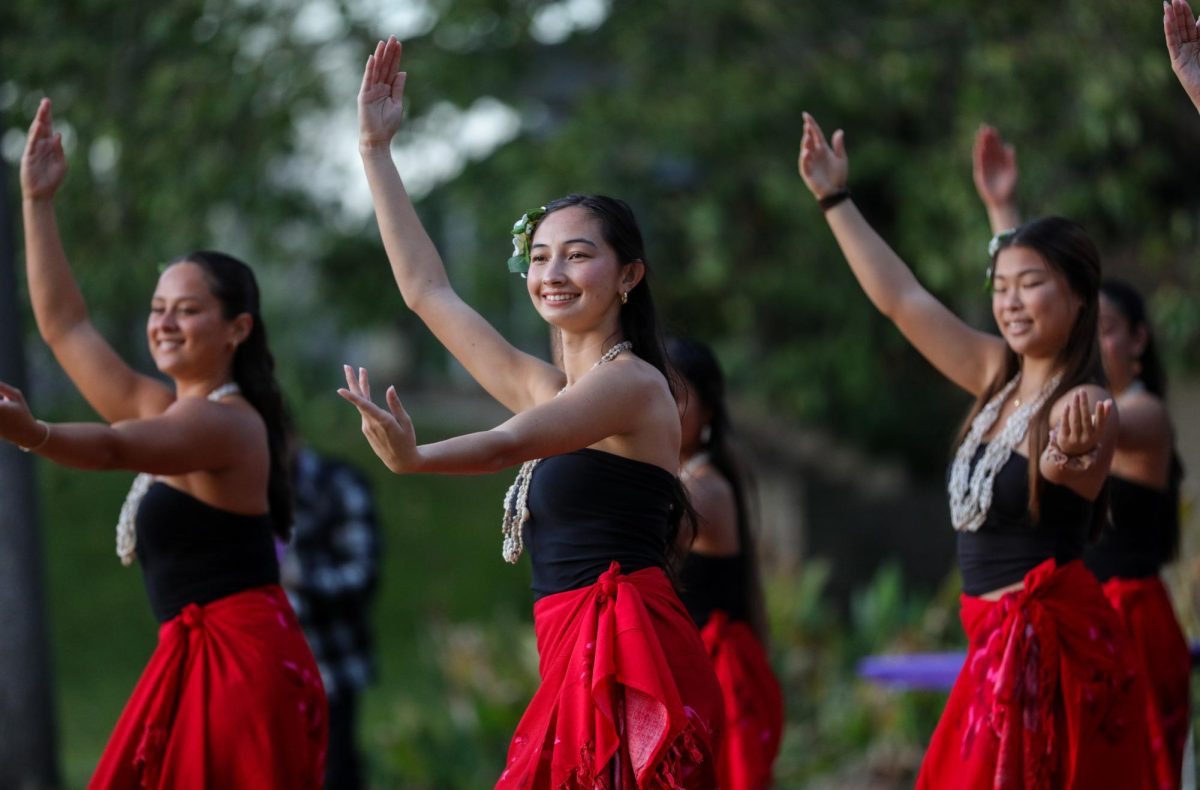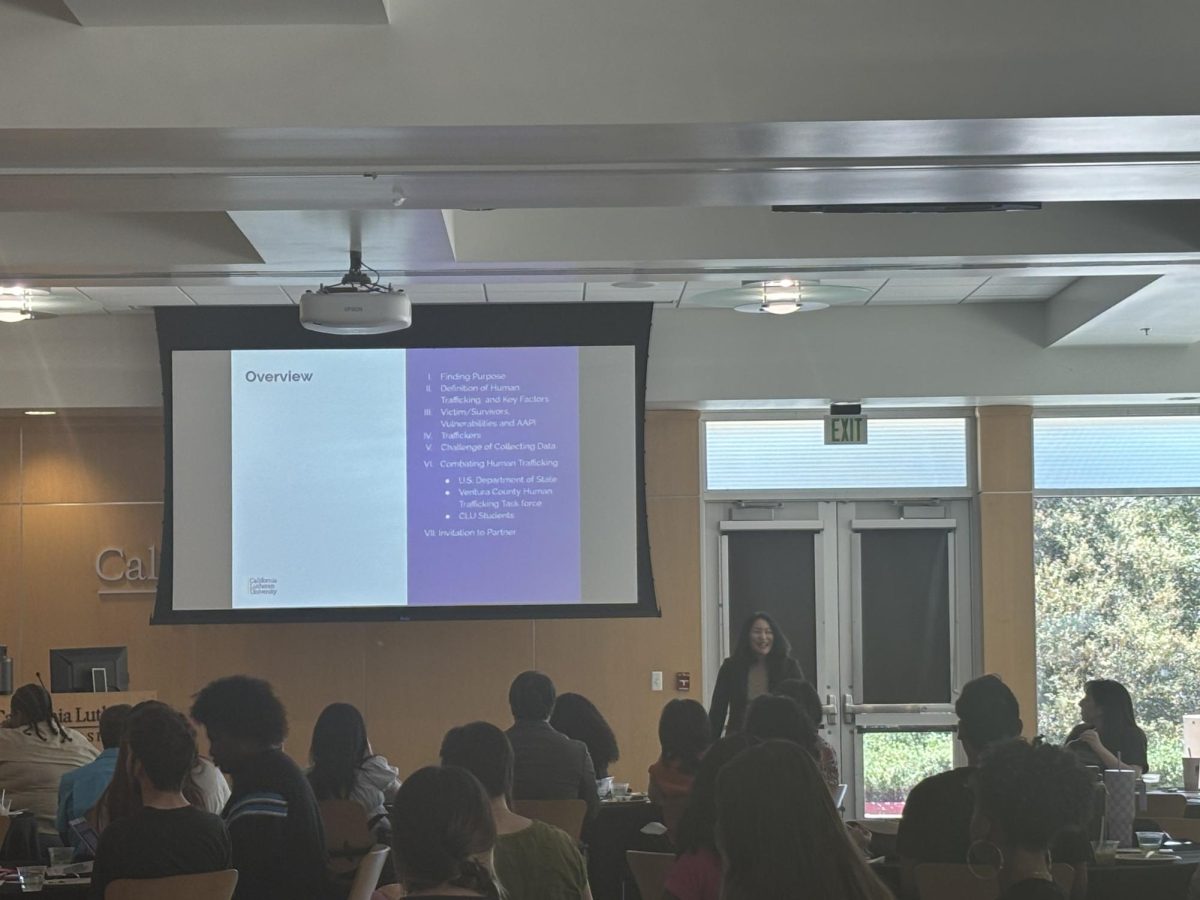The movie industry has come a long way in promoting equality for all kinds of actors. However, there is still work to be done.
The Oscars are here. It is a time to celebrate the art of filmmaking and the film industry, but there is something wrong with celebrating an industry that still finds itself stuck in a time of racism and sexism.
Filmmaking is an art form and like an artist, filmmakers sculpt these stories with their own views in mind. When most of the industry’s directors, producers and writers are white men, these views become skewed in a direction that, at best, overlooks minorities and at worst, erases them altogether.
“I don’t think that the people in the business are particularly racist or sexist, I think they’re just doing what has been done before and there is a tendency for all of us to want to be with people like us and so we tend to hang out with people similar to us. We tend to write people similar to us,” screenwriting professor Bob Shayne said.
That’s the problem, we need fresh and diverse perspectives in the industry. Older white men who have been raised in a time where the values and social norms were one-sided and shared by most are mostly cast. We’re in a much different society today. We’re more open and film needs to start getting rid of those old values and start incorporating diversity in all aspects of film. This isn’t the 1930s anymore.
“As long as the people buying the movies are mostly white men there is going to be a prevalence, and most of the writers are white men, so there is going to be a prevalence of white male protagonists. The real problem isn’t what movies are going to be nominated for Academy Awards, the real problem is what movies are going to be made,” Shayne said.
In a study done by researchers at University of Southern California, they studied the 700 top-grossing films from 2007 to 2014, and looked at the race and ethnicity of the characters in those films. They came to the conclusion that there wasn’t much progress in portraying non-white roles in that time. In 2014, 73.1 percent of film actors were white. That’s three-quarters of film actors.
Of course there are people in the industry who will say we have to just give more roles to minorities so they can surpass the roles of white people, but that’s not productive.
That’s not what I’m saying. I’m saying that the most qualified person tends to get the role, and other actors of different ethnicities are stuck in stereotypical roles.
These old views are causing minorities to be overlooked or not even letting minority actors have a chance in these films.
So how can we help to change these views?
“Part of it is just having these conversations, that say ‘hey why is the normal’, not to say we need to absolutely change it, but you can’t address anything unless you’re willing to have a conversation that the thing exists,” Assistant Professor of Communication Aaron Heresco said.
To help change the culture of the industry, we need to speak up. Things like last year’s hashtag “oscarsowhite” was a great way to get people talking about a real issue in the film making industry, but we have to continue to voice ourselves so that kind of feedback is present.
I’m not saying we’re not moving in the right direction, we are. With more and more younger minds, more diverse minds will go into the industry, it will continue to head down the right path.
“If the audience is evolving, movies will have to evolve,” Shayne said.
Dillon Brown
Staff Writer








